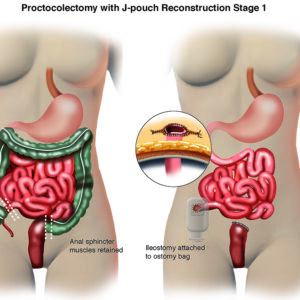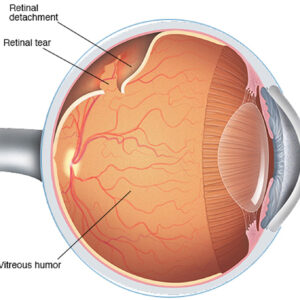Description
Familiarity with Treatment
Traditional adenoidectomy is a surgical procedure aimed at removing the adenoids, which are a mass of lymphoid tissue located behind the nasal passages. This procedure is commonly performed in children to address symptoms such as chronic or recurrent sore throat, bad breath, dental malocclusion, abscess, upper airway obstruction causing difficulty with swallowing, snoring, or sleep apnea.
Procedure
The procedure for traditional adenoidectomy typically involves the following key aspects:
- Anesthesia: The procedure is usually performed under general anesthesia, ensuring that the patient is asleep and unable to feel any pain during the surgery.
- Adenoid Removal: Surgeons use an instrument to see inside the throat and nasal cavity and access the adenoids through the back of the throat without the need for external incisions. The adenoid tissue is then removed, and the surgery generally takes less than an hour.
Who is it Suitable For?
Traditional adenoidectomy is suitable for individuals, particularly children, who experience symptoms related to enlarged adenoids, such as chronic or recurrent sore throat, bad breath, dental malocclusion, upper airway obstruction, snoring, or sleep apnea.
Who is it Not Suitable For?
The procedure may not be suitable for individuals with certain medical conditions that increase surgical risks or those who are unable to undergo the necessary postoperative care. Additionally, individuals with contraindications for general anesthesia may not be suitable candidates for traditional adenoidectomy.
Advantages
- Relief of Symptoms: Adenoidectomy can relieve symptoms such as chronic or recurrent sore throat, bad breath, dental malocclusion, upper airway obstruction, snoring, or sleep apnea.
Complications
Complications of traditional adenoidectomy may include postoperative bleeding, velopharyngeal insufficiency, dehydration, and potential dental trauma. Thorough preoperative assessment and surgical planning are essential for minimizing the risk of complications.
Preoperative Care
Preoperative care for traditional adenoidectomy may involve discussions with the healthcare provider to determine the most appropriate anesthesia and to assess the patient’s overall health and medical history. It may also involve discontinuation of certain medications that increase the risk of bleeding.
Postoperative Care
Following traditional adenoidectomy, patients are typically provided with specific postoperative care instructions, which may include:
- Monitoring for Complications: Patients may need to be monitored for potential complications, such as postoperative bleeding, dehydration, or velopharyngeal insufficiency, and receive appropriate management as needed.
- Recovery Period: Most patients can return home the same day as the surgery, although complete recovery may take several weeks.
Traditional adenoidectomy is a surgical procedure aimed at removing the adenoids to alleviate symptoms and improve overall health.






Reviews
There are no reviews yet.